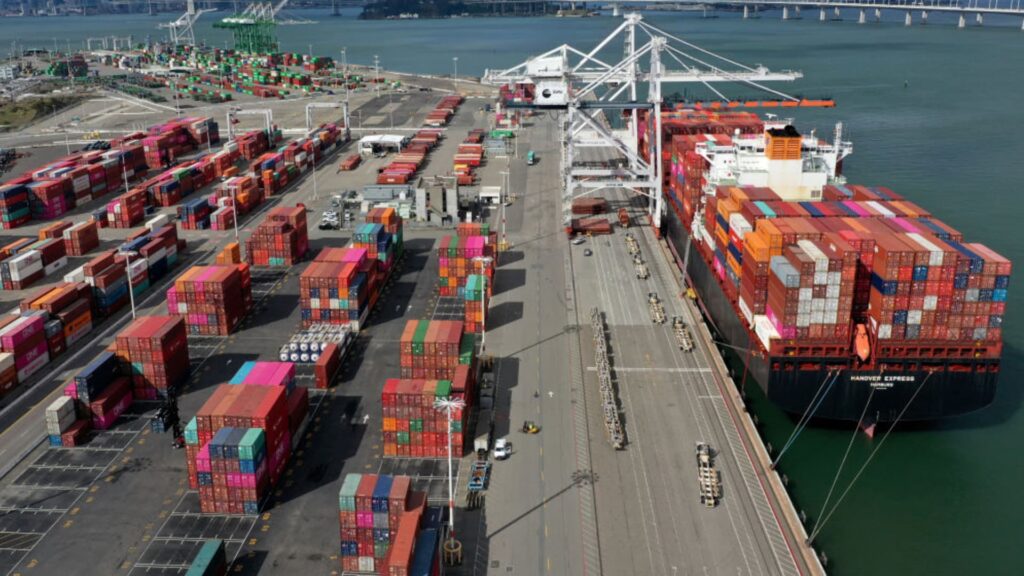The economy grew at a much more rapid pace than expected while inflation eased in the final three months of 2023, as the U.S. easily skirted a recession that many forecasters had thought was inevitable, the Commerce Department reported Thursday.
Gross domestic product, a measure of all the goods and services produced, increased at a 3.3% annualized rate in the fourth quarter of 2023, according to data adjusted seasonally and for inflation.
That compared with the Wall Street consensus estimate for a gain of 2% in the final three months of the year. The third quarter grew at a 4.9% pace.
In addition to the better than expected GDP move, there also was some progress on inflation.
Core prices for personal consumption expenditures, which the Federal Reserve prefers as a longer-term inflation measure, rose 2% for the period, while the headline rate was 1.7%.
On an annual basis, the PCE price index rose 2.7%, down from 5.9% a year ago, while the core figure excluding food and energy posted a 3.2% increase annually, compared with 5.1%.
The two components together added up to “supersonic Goldilocks, because it’s really a strong number yet inflation hasn’t shown up,” said Beth Ann Bovino, chief economist at U.S. Bank. “Everybody wanted to have fun. People bought new cars, a lot of recreation spending as well as taking trips. We’ve been expecting a soft landing for some time. This is just one step in that direction.”
The U.S. economy for all of 2023 accelerated at a 2.5% annualized pace, well ahead of the Wall Street outlook at the beginning of the year for few if any gains and better than the 1.9% increase in 2022.
As had been the case through the year, a strong pace of consumer spending helped drive the expansion. Personal consumption expenditures increased 2.8% for the quarter, down just slightly from the previous period.
State and local government spending also contributed, up 3.7%, as did a 2.5% increase in federal government expenditures. Gross private domestic investment…
Read the full article here





